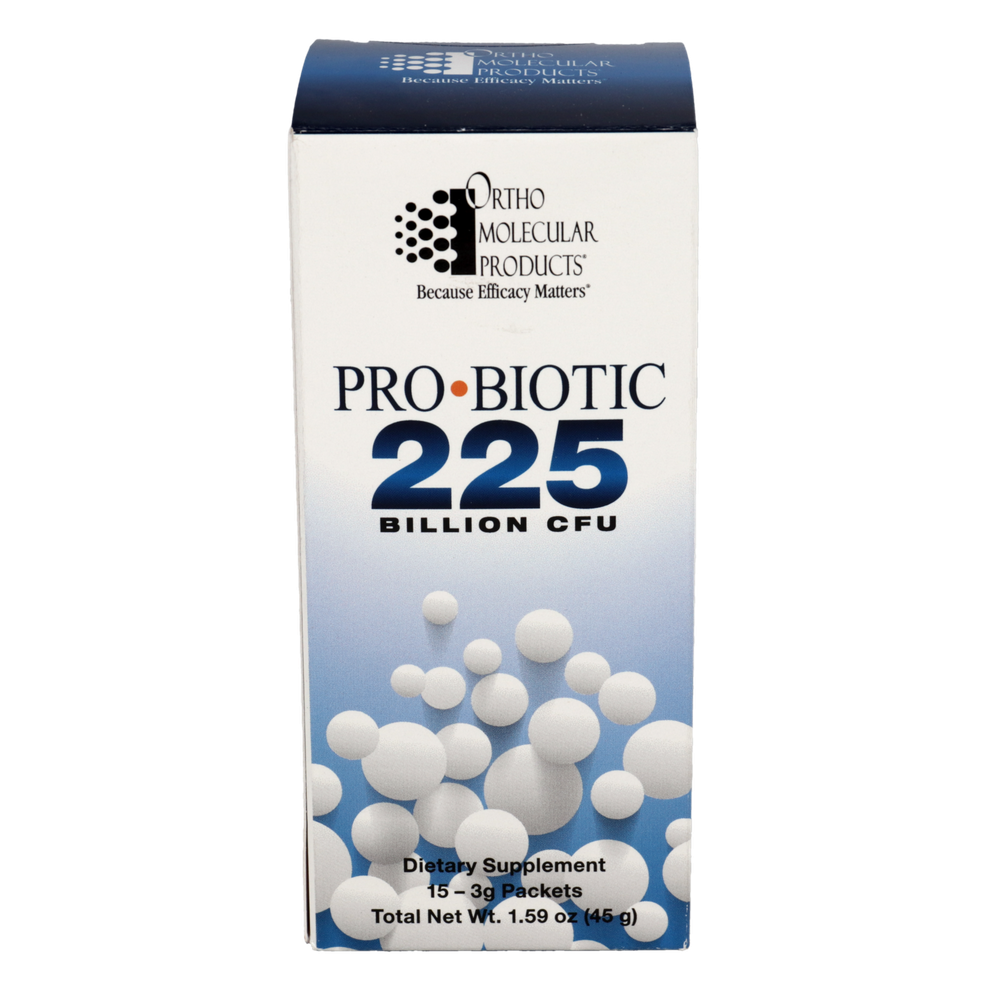Disclaimer: Our Integrative Medical Advisory team has developed or collected these protocols from practitioners and supplier partners to help health care practitioners make decisions when building treatment plans. By following this protocol, you understand and accept that the recommendations in the protocol are for initial guidance and need to seek medical professional advice. Contact us for more information.
Antibiotic Resistance
Antibiotic resistance is caused by the proliferation of intergenerational bacteria possessing genetic mutations that reduce the effectiveness of specific antibiotic treatments. It is possible for pathogenic bacteria to develop resistance to nearly any antibiotic. (33) Antibiotic resistance can also be horizontally distributed between existing microbes by genetic conjugation, transformation, transduction, and transfer mechanisms. (34) Particular attention has been given to antibiotic-resistant bacteria that can escape eradication by many antibiotics, known commonly by the acronym ‘ESKAPE’, which include:
- Enterococcus faecium
- Staphylococcus aureus
- Klebsiella pneumoniae
- Acinetobacter baumannii
- Pseudomonas aeruginosa
- Enterobacterspecies (37)
Helicobacter pylori is another microbe demonstrating increasing rates of resistance to many antibiotics, leading to increased failure of eradication protocols with standard antibiotic therapies. (11)
Clinical management may now require combination therapies to support the eradication of bacterial infections. Though they may not directly kill antibiotic-resistant bacteria, many alternative therapies may assist in supporting the immune system or concurrent antibiotic treatment in bacterial eradication. These alternative therapies include those that:
- Increase bacterial membrane permeability
- Inhibit kinase activity and intrinsic resistance
- Disrupt genetic regulators
- Induce the anti-quorum sensing system
- Reduce bacterial adhesion and motility
- Increase anti-toxins and secretion systems (37)
A number of factors may contribute to the rising prevalence of antibiotic resistance, including:
- Antibiotic overuse and inappropriate prescribing (e.g., clinical misdiagnosis, prescribing incentives, etc.)
- Antibiotic misuse (e.g., use past the expiration date, use after inappropriate storage, etc.)
- Antibiotics use in the food chain
- Prolonged hospital stays
- Poor hygiene or sanitation (5)(33)
Please note that the following ingredient protocols provide details on case-specific uses that may not necessarily apply as a combined protocol.
Probiotics
7-25 billion CFU containing strains of Lactobacillus acidophilus, Lactobacillus casei, Lactobacillus reuteri, Lactobacillus rhamnosus, and/or Bifidobacterium animalis subsp. lactis during antibiotic administration for bacterial eradication to adults for 7-14 days (4)(24)(25)(39)
3-4 billion CFU containing Lactobacillus rhamnosus or Streptococcus (salivarius or oralis) strains to infants and children for 3-12 weeks (22)(26)(31)
- Reduced rates of microbial infection and associated conditions, as well as surgical infection and sepsis (4)(12)(14)(20)(22)(24)(25)(26)(27)(31)(39)
- Reduced hospitalization stay and duration of antibiotic use, which can lead to reduced risk of antibiotic resistance (14)(26)
- Increased eradication rates of H. pylori regardless of the presence antibiotic-resistant bacteria, as supplements or in yogurt (4)(22)(25)(27)
- Increased eradication rate or prevented rises in vancomycin-resistant enterococci, as supplements or in yogurt as early as within one week (20)(24)(31)(39)
- Reduced proportion of nasal and gastrointestinal methicillin-resistant Staphylococcus aureus (MRSA) compared with baseline (39)
- Reduced colonization of antibiotic-resistant bacteria in infants (12)(31)
Vaccinium macrocarpon
- Reduced incidence of UTI, especially recurrent UTIs, and need for antibiotics, reducing the risk of emergence of antibiotic-resistant bacteria; particularly effective in women and children when capsules are consumed twice per day (as anti-adhesive effects on bacteria last approximately eight hours) or when consumed as juice (assists with hydration) (7)(19)(29)(30)(35)(36)
- Not as effective as trimethoprim or trimethoprim-sulfamethoxazole for preventing recurrent UTIs, but had much lower risk of development of trimethoprim-sulfamethoxazole-, trimethoprim-, amoxicillin-, and ciprofloxacin-resistance in E. coli, C. difficile, or fungi (2)(21)
- Reduced incidence of clinically defined UTI in high-risk older adults in long-term care facilities, in adults with spinal cord injury and neurogenic bladder (especially in patients with higher glomerular filtration rate), and in adolescents (3)(9)(17)
- Within hours, proanthocyanidins dose-dependently reduced bacterial adhesiveness biofilm and bacterial growth regardless of antibiotic-resistance and E. coli virulence, without damaging vaginal microbiota in women when consumed as capsules or in juice (6)(10)(13)(16)(29)
Garlic
Garlic (Allium sativum)
~ 40 mg of allicin per day for two weeks during standard proton pump inhibitor and antibiotic therapy, and 400 mg garlic extract with 1-2 mg garlic oil twice per day for up to seven years after (8)(15)(18)(28)(38)
- Allicin combined with standard therapies (proton pump inhibitor (PPI)-amoxicillin-clarithromycin, PPI-bismuth-tinidazole-clarithromycin, or PPI-amoxicillin-furazolidone therapies) increased eradication rate of H. pylori infection, peptic ulcer healing, and remission rates compared with standard therapy alone (15)(28)
- Long-term garlic therapy maintained higher rates of H. pylori-free patients and reduced the associated incidence of gastric cancer mortality for more than 22 years compared with placebo (8)(18)(38)
- Long-term garlic therapy increased serum folate levels, which are associated with H. pylori eradication (38)
- Raw garlic consumption reduced H. pylori activity (41)
- Proposed H. pylori inhibition mechanisms for garlic’s systemic anti-inflammatory and anti-ulcer properties included inhibition of IL-6, IL-8, and TNF-α; modulation and activation of γδ-T and NK immune cells; improvement of oxidative stress parameters including reduced MDA and MPO, and increased in GSH and SOD; and improvement of endothelial biomarkers including increased nitric oxide synthase activity, and reduced hsCRP, plasminogen activator inhibitor 1, and LDL-C (1)(23)(28)(32)(40)(42)
Resources
Support your prescription with these additional resources



